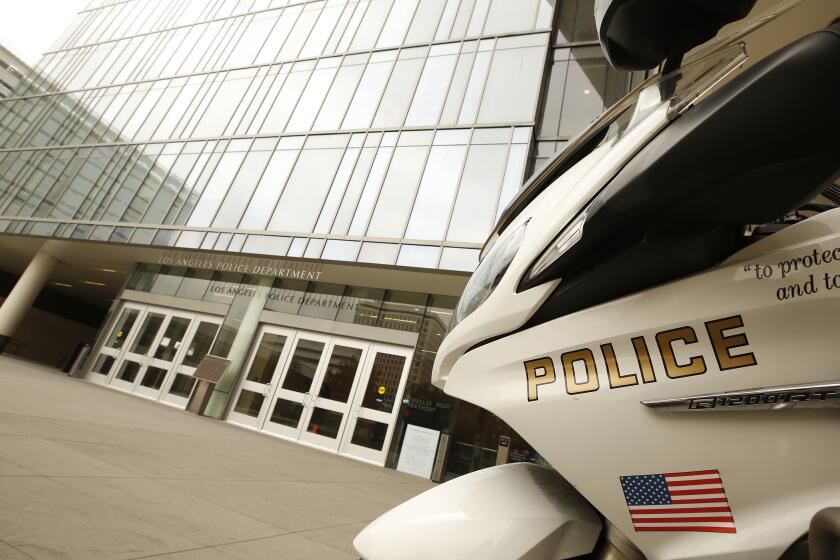Signatures for Initiative on School Funds Filed
- Share via
SACRAMENTO — Hoping to guarantee public schools a healthy share of the state budget, a coalition of teachers, parents and school officials announced Monday that they have filed 1.1 million signatures with the secretary of state’s office to place a far-reaching school-financing initiative on the November ballot.
The ballot measure, which would guarantee schools a nearly 39% share of the state operations budget, is an outgrowth of longstanding dissatisfaction in education circles with the way school financing has been handled by the Legislature and Gov. George Deukmejian.
State Supt. of Public Instruction Bill Honig, one of the sponsors of the drive, told reporters that he and the various teacher, parent and school administrator groups supporting the measure decided to take their case directly to the voters because they felt they were losing ground in the Capitol.
Honig, citing lengthy negotiations on school financing last year that were highlighted by a highly public feud with Deukmejian over school spending, said, “Last year, we had no clout. We had no protection in the Constitution.”
As a result, Honig said, “We ended up getting the short end of the stick. . . . That is not going to happen again to us. We are going to make sure we have enough legislative and constitutional clout that we do get our fair share.”
Ed Foglia, president of the California Teachers Assn., which is coordinating the drive to pass the ballot measure, said he and other supporters of the initiative share a “sense of futility” over school funding.
The 1.1-million signatures filed with election officials here and at various locations around the state are about twice the number required by law to place the proposed constitutional amendment before voters.
The initiative provides that public schools, from kindergarten through community college grade levels, receive a 38.9% share of the state’s general fund budget and guarantees them annual increases linked to student enrollment and inflation. The general fund budget, which will grow to about $36.1 billion in the new fiscal year that begins July 1, is the portion of the state’s $44.3-billion budget that contains appropriations for schools, prisons, health and welfare programs and all other daily operations of state government.
Another provision of the initiative provides that public schools receive any future state budget surpluses, up to a maximum of 4% of total state spending on schools. Had the initiative been in place last year, schools would have received about $600 million of the $1.1 billion in surplus money that was eventually returned to taxpayers as an income tax rebate.
The initiative would allow the funding formula to be suspended in times of fiscal emergencies by a two-thirds vote of the Legislature.
Sponsors of the initiative said they picked a 38.9% share of the general fund as a target because that was the share schools received two years ago, during the 1986-87 budget year. Last year, they said their share of the budget fell to 37.6%, and they said that this year it will drop to 37.4% under Deukmejian’s proposed budget for the coming fiscal year. Bringing it up to 38.9% again would mean an extra $500 million annually for schools, initiative sponsors said.
Sponsors of the initiative released figures compiled by federal and state agencies showing that California’s financial commitment to public schools is lagging well behind other states.
One statistic revealed that 21 cents of every state and local expenditure dollar here is spent on kindergarten through high school education programs, compared to a national average of 24 cents, ranking California 45th among states. It would take an extra $3 billion a year to bring the state up to the national average, according to Honig.
In addition, California ranked 50th out of 51 states plus the District of Columbia in average class size, meaning that the state’s classrooms are among the most overcrowded in the nation. On top of that, the sponsors said that during the early 1970s, 4.7% of Californians’ personal income went to support public schools, compared to 3.7% today, ranking the state 47th nationally.
More to Read
Sign up for Essential California
The most important California stories and recommendations in your inbox every morning.
You may occasionally receive promotional content from the Los Angeles Times.










